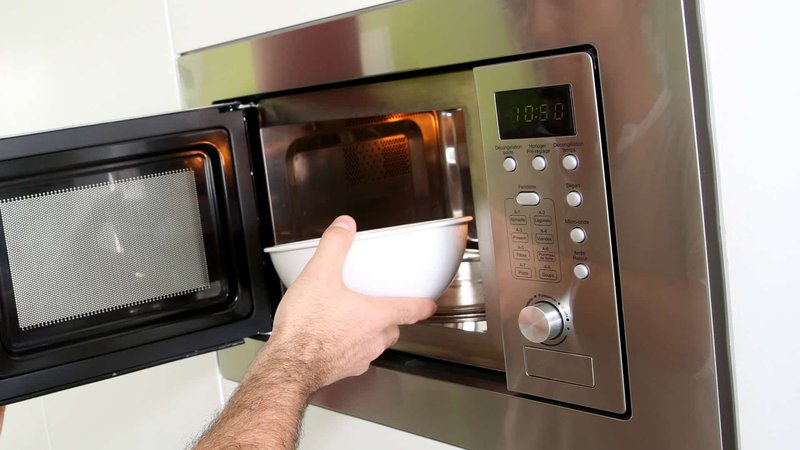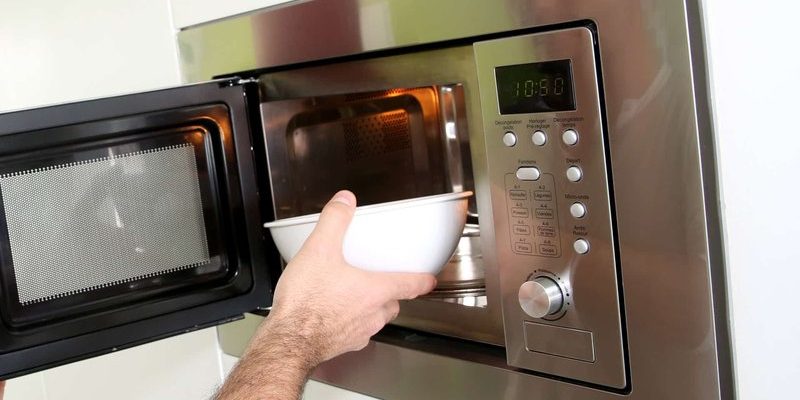
An error code is like a microwave’s way of telling us, “Hey, something’s not quite right here!” When your GE microwave displays the “SE” error code, it’s generally pointing to a malfunction involving the touchpad or control board. Think of it as your microwave’s SOS signal. This doesn’t mean the microwave will explode if you try to use it, but it does suggest that there’s an underlying issue that needs attention. Ignoring it could lead to more significant problems down the line, much like ignoring that mysterious clunking sound in your car.
Understanding the SE Error Code
So, what exactly is the “SE” error all about? In simple terms, it usually relates to the microwave’s touchpad or control board. Imagine typing on your phone, but some numbers don’t work or register incorrect inputs. That’s kind of what your microwave is experiencing. The “SE” code might mean the control panel has become unresponsive, or there could be false signals being sent due to a stuck button or a faulty connection.
This error isn’t something you just clear and forget about. It’s like leaving the stove unattended—it might not become a disaster immediately, but it’s risky. Electrical components sometimes wear out or get fickle, which means your microwave is flashing a caution sign. Here’s the deal: continuing to use the microwave with this error could lead to further faulty responses, like overheating or not shutting off when it should.
The good news? It’s not necessarily a death sentence for your microwave. Oftentimes, it’s just a matter of cleaning stuck buttons or addressing minor electrical issues. If you’ve got a DIY spirit or some basic technical know-how, you might manage simple fixes. But getting professional help ensures the device operates safely and efficiently.
Common Causes of the SE Error
You might be wondering, “How did this happen?” Well, several factors could contribute to the “SE” error. One common issue is moisture. Kitchens can get pretty steamy, especially if you’re cooking up a storm. Moisture can seep into electronic panels, causing them to misbehave. It’s not unlike how humidity makes your hair frizzy. Another culprit could be wear and tear. Buttons you’ve pressed a thousand times might be pushing back with a little trouble now.
Sometimes, the error can stem from electrical surges or faults. Just like how a power flicker can reset your digital clock, a sudden surge might confuse your microwave’s circuits. Moreover, the wiring connections within might have loosened over time. If the error pops up after moving the microwave around, jostling might have affected internal wiring.
The upshot? Stay vigilant. If you notice condensation around the microwave or have experienced power surges lately, these could be clues. Regular maintenance and keeping the area dry can reduce the chance of such errors popping up unexpectedly.
Addressing the Issue Safely
What should you do when faced with this error? First off, ensure basic safety. Unplugging the microwave is the best initial step. Think of it as giving the appliance a timeout—not only does it prevent electrical issues, but it also allows reset attempts without danger.
Next, inspect the touchpad. Clean any visible dirt or moisture with a dry cloth. Sometimes, just removing grime or ensuring buttons aren’t stuck can solve the issue. For those with a knack for electronics, checking connections or the ribbon cable could be the route forward. However, if you open it up and the inside looks like a spaceship control panel, it’s probably time to call in a professional.
Finally, prevention is key. Use kitchen vents when cooking to manage humidity levels and consider surge protectors to shield against electrical spikes. Keeping your microwave dry and well-maintained can help avoid the dreaded “SE” in the future.
When to Seek Professional Help
Even with all this newfound knowledge, there are times when tackling the problem yourself isn’t the best idea. If the error persists despite your best efforts, or if the microwave is under warranty, professional repair is the way to go. Think of it like visiting a doctor—sometimes home remedies aren’t enough.
Professional technicians bring experience and specialized tools that can diagnose the root of the problem more accurately. They ensure the internal wiring is secure, possibly replace faulty parts, and get your microwave back to heating your leftovers without worry.
While there might be a cost involved, consider it an investment in peace of mind. You wouldn’t ignore a suspicious noise from your car engine, right? Similarly, ensuring your microwave functions correctly can prevent more costly—or dangerous—issues in the future.
Final Thoughts and Preventative Tips
So, is it safe to use your GE microwave with the “SE” error code? Not really. While it might continue to heat your food, you’re taking a risk. Electrical malfunctions can lead to inefficiency at best and hazards at worst. However, with the right approach—cleaning, checking connections, and calling in help when needed—you can resolve the issue safely.
To prevent this from happening again, keep an eye on your kitchen’s humidity levels. Regularly clean and maintain your appliances, and use power surge protectors to safeguard them from electrical spikes. These little steps make a big difference.
Microwaves are handy tools, and keeping yours in top shape means it will faithfully serve up hot meals without hiccups. Got lingering questions or concerns? Always feel free to reach out to professionals who can help keep your kitchen running smoothly.
